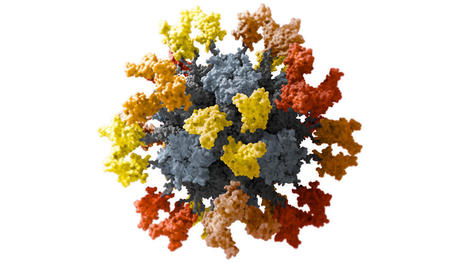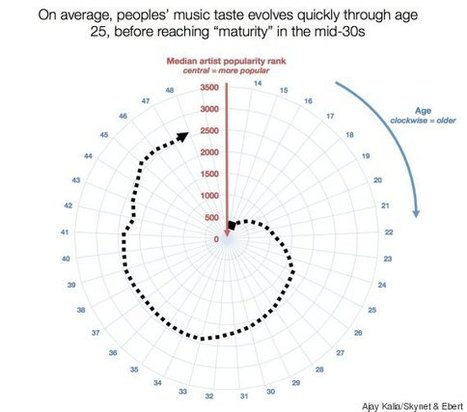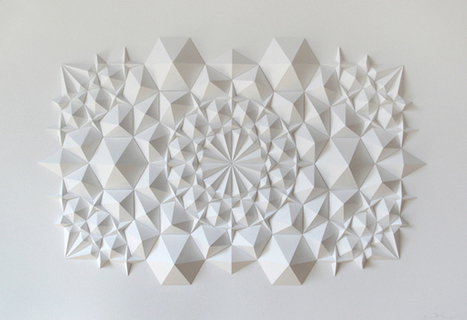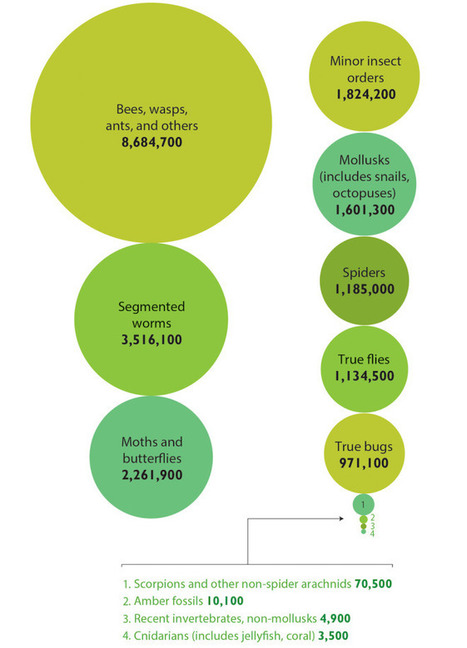The American Museum of Natural History has a great new video series: Shelf Life. It features the 33,430,000 artifacts and specimens estimated to be in the museum. From their description:
“Shelf Life is a collection for curious minds—opening doors, pulling out drawers, and taking the lids off some of the incredible, rarely-seen items in the American Museum of Natural History. Over the next year, Shelf Life will explore topics like specimen preparation, learn why variety is vital, and meet some of the people who work in the Museum collections.”
A lot of natural history museums are trying to make the invisible visible by turning to video and social media. The vast majority of a museum’s collection is never seen by anyone besides a tiny group of experts. How do you convince the public that they should care about a bunch of dead stuff? The perception of a lot of people is that museums are about naming and pickling things. Travel to exotic places, find unusual species, and kill them.
This assumes that things are just warehoused in a museum, which is certainly true in one sense. Museums are a long term, stable library of our past and our present. But a library that stops acquiring and indexing books isn’t going to remain relevant.
What’s actually stored in a museum is change that you can touch and measure. TheCDC is using museum specimens to track human pathogens and diseases over space and time. Ecologists are looking at Hawaiian birds collected and preserved 100 years ago (now extinct) to see if they can find a way to protect today’s Galapagos species from canarypox. Preserved insects helped us figure out dinosaurs didn’t have lice via advanced molecular techniques.
The video series also makes some of the work that goes into maintaining a collection visible. You can’t just put something in a jar and walk away; constant maintenance and care helps to make sure that we can still see insects collected by Darwin, or plants from Linnaeus’ cabinet.
Via
Dr. Stefan Gruenwald



 Your new post is loading...
Your new post is loading...


















